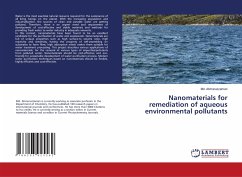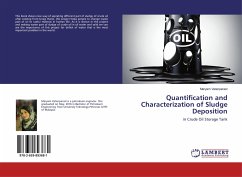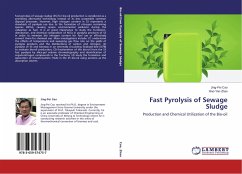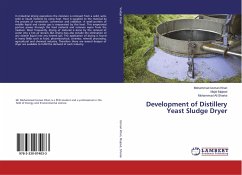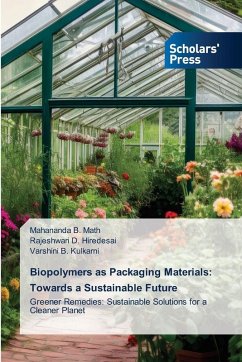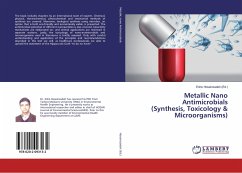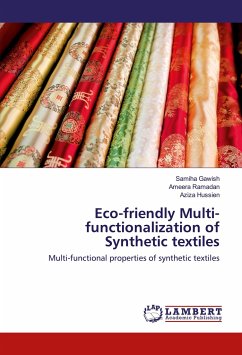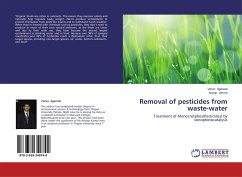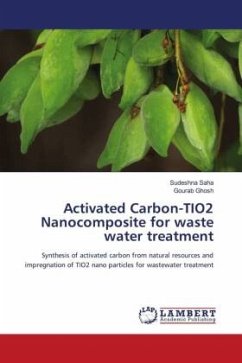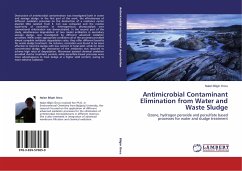
Antimicrobial Contaminant Elimination from Water and Waste Sludge
Ozone, hydrogen peroxide and persulfate based processes for water and sludge treatment
Versandkostenfrei!
Versandfertig in 6-10 Tagen
51,99 €
inkl. MwSt.

PAYBACK Punkte
26 °P sammeln!
Destruction of antimicrobial contamination was investigated both in water and sewage sludge. In the first part of the work, the effectiveness of different oxidation processes on the destruction of a resistance carrier plasmid DNA isolated from E. Coli was compared and the relative superiority of ozonation or heterogeneous photocatalysis over conventional chlorination was demonstrated. In the second part of the study, simultaneous degradation of two model antibiotics in secondary sewage sludge, was investigated by different advanced oxidation processes. While under appropriate conditions all of...
Destruction of antimicrobial contamination was investigated both in water and sewage sludge. In the first part of the work, the effectiveness of different oxidation processes on the destruction of a resistance carrier plasmid DNA isolated from E. Coli was compared and the relative superiority of ozonation or heterogeneous photocatalysis over conventional chlorination was demonstrated. In the second part of the study, simultaneous degradation of two model antibiotics in secondary sewage sludge, was investigated by different advanced oxidation processes. While under appropriate conditions all of the processes provided almost complete antibiotic degradation rates, they offer different benefits for waste sludge treatment. For instance, ozonation was found to be more effective to treat the sludge with low content of total solid, while for more concentrated sludge, the desorption of the antibiotics was required to achieve high rates of degradation. Microwave assisted chemical oxidationprovided shorter treatment periods, while persulfate based processes were more advantageous to treat sludge at a higher solid content, owing to more selective oxidation.



